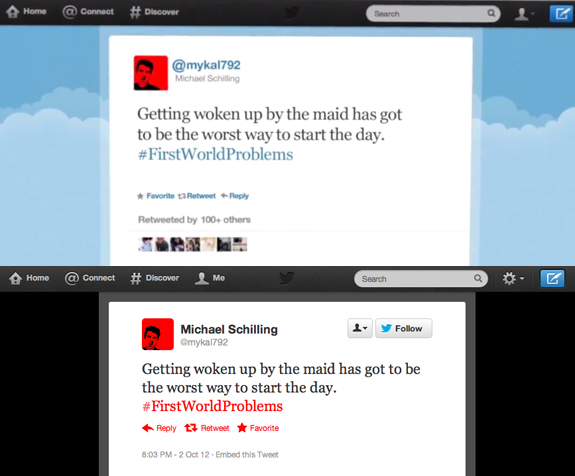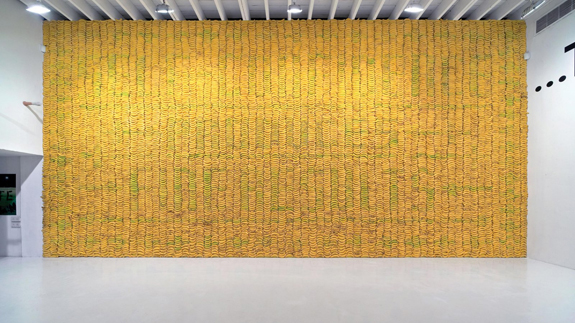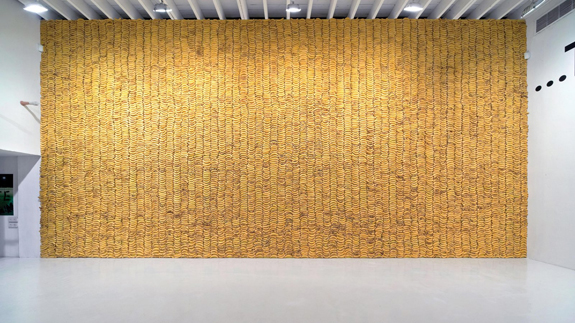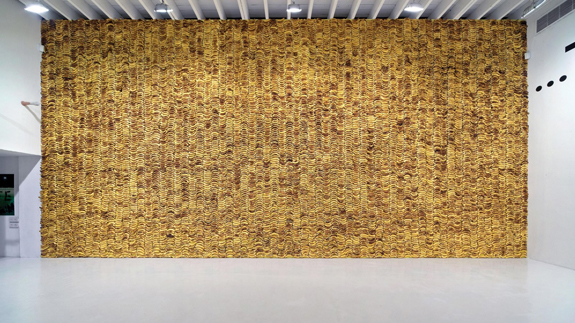There is one thing I want to make clear right at the beginning. I think the idea of this campaign is ingenious and the way of creating awareness for the problem is extremely smart. I respect all the creatives involved and I don’t want to expose somebody or talk bad about colleagues. I just want to point out, that in my opinion the campaign has a much greater potential. Maybe I’m wrong because I don’t know all the circumstances. Maybe they will post more videos in the upcoming days. But for now build your own opinion.

What I’m talking about: The campaign I mentioned above is the “First World Problems are not problems” made by DDB New York and Water is Life, a non-profit organisation addressing the global crisis arising from the dearth of drinkable water around the world. Their idea is to collect tweets posted as part of the #FirstWorldProblems meme (annoyances which seem insignificant compared to problems in Third World countries) and take a film crew to Haiti to film a variety of locals reading aloud their responses or comments to the #FirstWorldProblems tweets. Each resulting personalized video was tweeted to the original author with a simple call to action: Donate to help solve real problems.
The anthem video for the campaign
I was impressed and emotionally touched when I saw the videos. Simple and effective. I was about to post them here immediately and so I watched all the different clips. The first thing that made me suspicious was the look of the tweets in the beginning of each video. Same Twitter design, same number of retweets.
 Top: look of the tweet in the video, bottom: original tweet
Top: look of the tweet in the video, bottom: original tweet
I did a short research to see who tweeted the #FirstWorldProblems which were selected to create the answer videos for (there are 9 different for now). The LinkedIn profiles of the nine users revealed that all of them are working in the advertising industry and that there are some conspicuous connections:
- 4 former employees of the agency Hill Holliday, like Frank Cartagena, Copywriter at DDB NY.
- 3 people with a connection to Miami Ad School, like Sam Shepherd, Art Director, and Menno Kluin, Executive Creative Director at DDB NY.
Just a coincidence? I guess, all these Twitter users are friends of people involved in the campaign. And I suspect that they were asked to tweet the specific First World problem. Or how would you interpret the fact that all these people posted a #FirstWorldProblem between the 2nd and 4th of October (not all tweets are from October 2nd as they say in the videos).
It’s legitimate to produce a campaign like this. But one question arises: The goal is to raise awareness and get people to donate money. The campaign now is based on “fake” tweets. Why didn’t they use real #FirstWorldProblems tweets? There a lot of them every minute! What about the opportunity to reach “real” users, to be much more effective, to be more authentic, to spread the message far beyond the community of advertising industry? I would love to know why they chose this direction.
This kind of advertising which uses fake communication to create a feeling of realness often looks like it was made just for award shows. And when we have a look at what Amir Kassaei, Chief Creative Officer DDB worldwide, said in an interview (German) with Der Standard in August, it appears even more questionable:
Es geht immer weniger darum, dass man substanzielle echte Arbeit auszeichnet, sondern Agenturen dazu übergehen, Sachen zu produzieren, die nur für Wettbewerbe und Juryräume gemacht sind. Gedoptes Zeug sozusagen, um Medaillen zu gewinnen, um die Analogie zu Olympia zu bringen, …
Roughly translated: More and more agencies are producing ideas just for award shows and juries. Doped work to win medals, …
For me, it is a missed opportunity. Nevertheless I assure you once again that I like the campaign a lot and I’m pretty sure the emotional responses to #FirstWorldProblems will raise awareness.
Mentioned on: Time.com, AgencySpy, Guardian.co.uk, memeburn.com






















